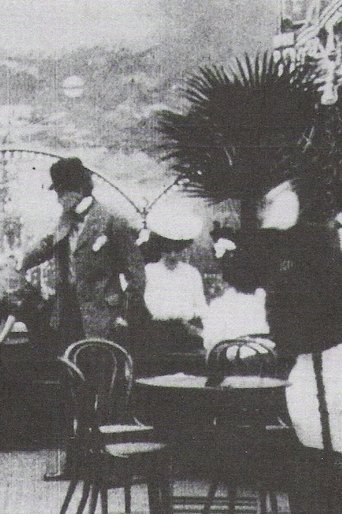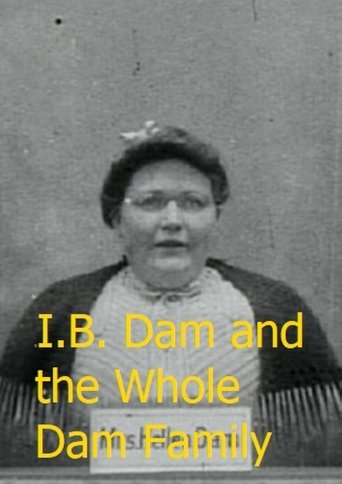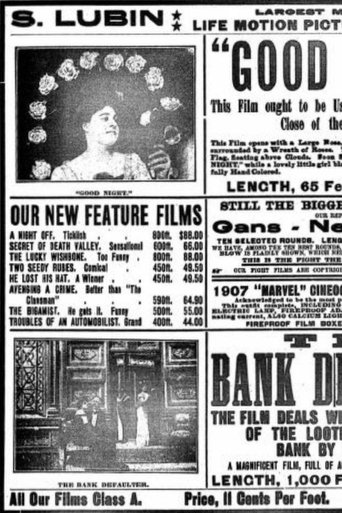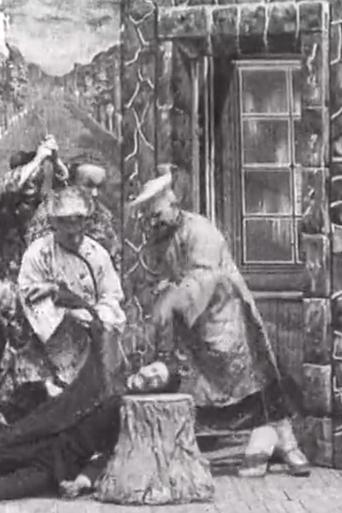Esquimaux Village 1901
“One of the principal features at the Pan-American Exposition is the Alaskan or Esquimaux Village. In this most interesting exhibit, scenes are enacted just as they take place in the far away frozen North. In this subject we depict a large number of Esquimaux clothed in their native costumes and seated on their sleds, which are drawn by spans of four Esquimaux dogs. They are engaged in a race and are to be seen running over the ice and snow at a high rate of speed. There is a pond in the foreground of the picture on the shores of which the home stretch of the race takes place. The picture is perfect photographically, and the figures stand out clear and sharp, throwing a most perfect reflection on the pond.” (Edison film company catalog)





